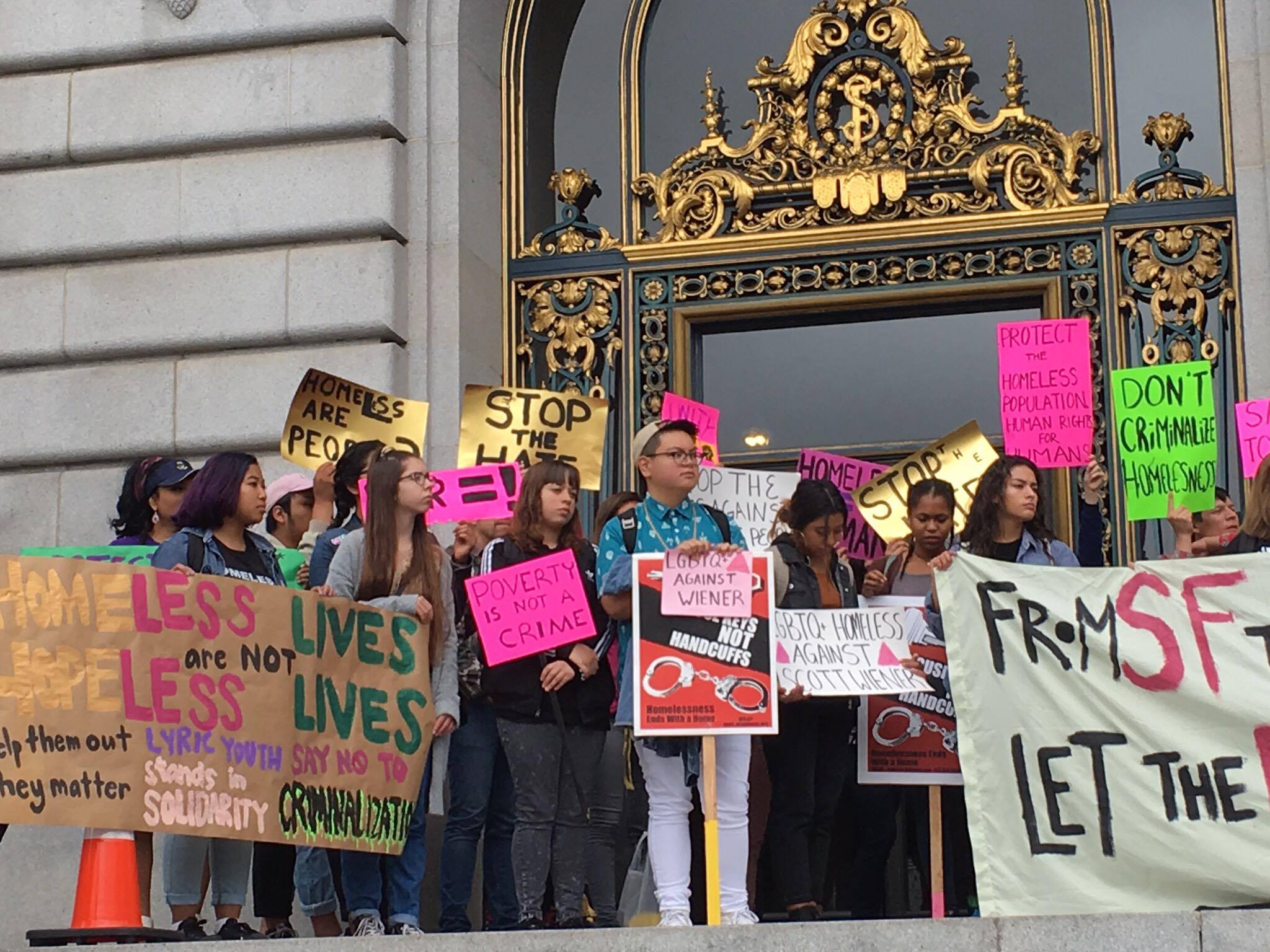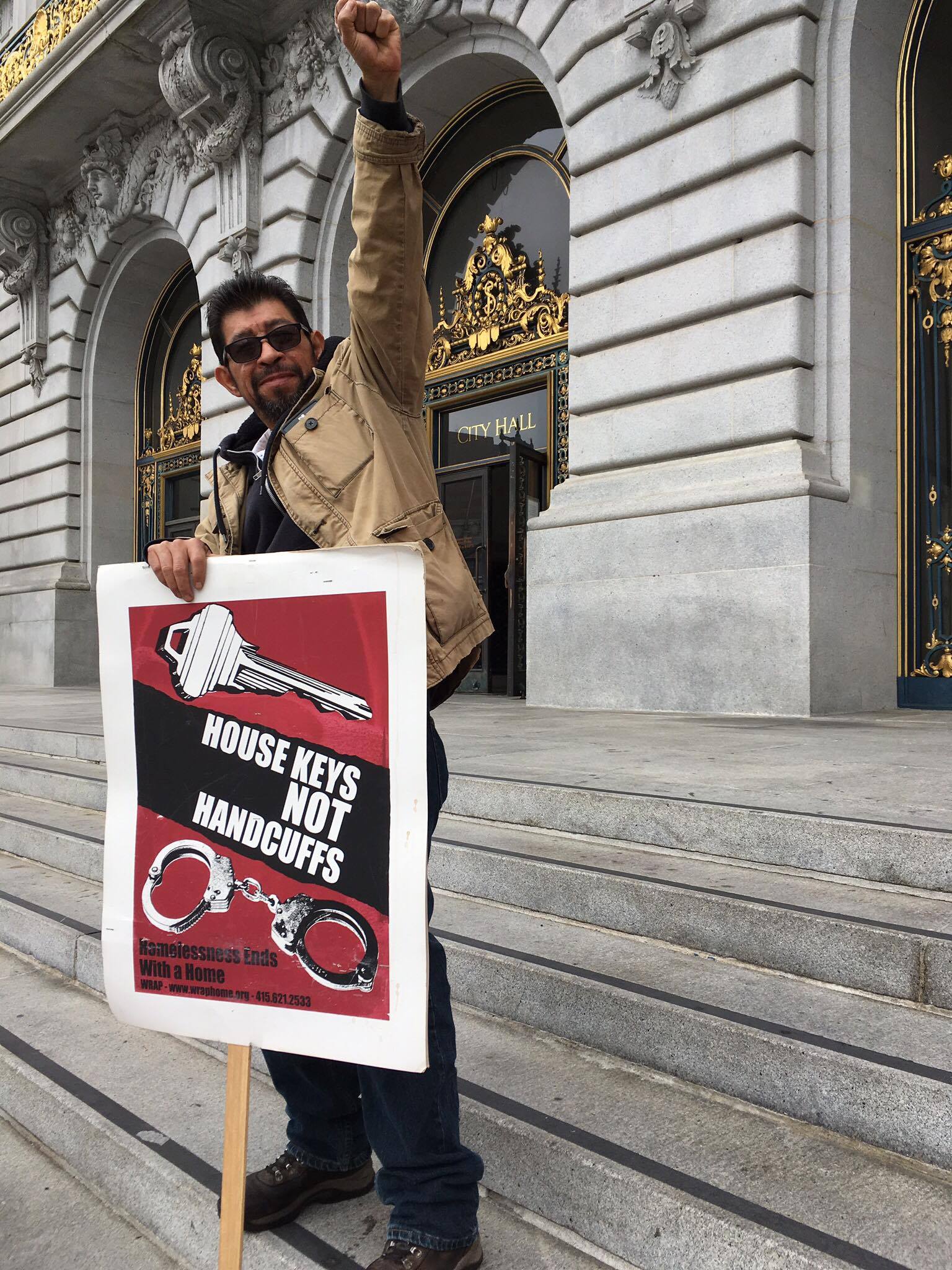
This November’s election in San Francisco is the most crowded in memory, with 25 local ballot measures in addition to almost a dozen candidate races. Nearly half of those ballot measures affect the arts and low-income housing in one way or another, making Housing and Arts the dominant topics of this political season.
Proposition S—restoring specific allocations from the City’s Hotel Tax to the arts and to a new Ending Family Homelessness Fund—is the most well-known of the arts measures this fall, and perhaps the most popular. At the August 22 filing deadline for ballot measure arguments in the Elections Department’s Voter Handbook, no one submitted any arguments against Prop S, making the measure essentially unopposed.
But there are two other measures affecting arts at opposite ends of November’s ballot—Proposition A, the San Francisco Unified School District Bond, which raises approximately $100 million to build a new School of the Arts at 135 Van Ness Avenue; and Proposition X, which preserves space in development projects in SoMa and the Mission for arts, light-industry businesses, and community services. All three measures—affecting funding, space, and education for San Francisco artists—are necessary steps toward rebuilding an arts industry suffering from a decade of underinvestment and displacement.
Affordable housing is also an arts issue. The natural partnership between City artists and arts workers with low-income housing and service providers, acknowledged in Hotel Tax allocations for the past five decades and present in the broad alliance supporting Proposition S, is now expanding again to include the wide range of housing-related measures on San Francisco’s November ballot. Like other low-income workers, local artists recognize the need to protect and expand affordable housing, prevent evictions, and provide humane and rapid re-housing services to children, women, and men who find themselves without a secure roof over their heads, while fighting harassment and abuse.
To that end, more than 150 arts workers and homelessness service providers met at ACT’s Strand Theater on August 18, to begin organizing a citywide grassroots campaign in support of Proposition S and related ballot measures. The next step in that organizing coalition is coming on Monday, September 26, at 6 pm at the Arts and Families Town Hall—a larger gathering of supporters at the 750-seat theater at Yerba Buena Center for the Arts.
The Arts and Families Town Hall is a descendant of Arts Town Halls in previous years. Those events were often forums with candidates for political office, dedicated to publicly establishing an arts platform and extracting commitments to support that platform. But this year, with the most important arts propositions ever on a San Francisco ballot and a long list of housing measures as well, it’s much more important to organize our own communities at the Town Hall. This year’s Arts Families Town Hall is focused on our own actions for this November’s election, where we can truly restore a vision of a just and vibrant city, a Better SF, where the arts thrive and every family has a home. (For more information about the Arts and Families Town Hall, visit bettersf.com.)
Strong connections between the arts, housing, and a wide range of social benefits are not new. Ten years ago, when the San Francisco Arts Task Force was studying declining City support for artists and art spaces, the vice president of the Health Commission called the chair of the Task Force and said, “I really hope you are going to get more arts and artists in Districts 10 and 11.”
Well, sure, that’s definitely what we want to see. But why are you asking?
“Because we have too many emergency room visits from those neighborhoods, and the arts can help reduce that.”
In the years since that call, there’s been more and more evidence that arts experiences and activities—both professional and community-based—help increase life expectancies in neighborhoods, math scores in schools, and local economic growth, while cutting down on things like truancy, ER admissions, and crime rates.

Which makes the numerous signs of artist displacement in the last few years all the more disturbing. In a San Francisco Examiner story last year, hundreds of artists responded to an Arts Commission survey, with just about every one of them at risk of being forced out of San Francisco. “Nearly 600 sculptors, painters, musicians, writers, filmmakers and painters responded. Seventy percent said they had been displaced or were being displaced from their homes, workplaces or both. Twenty-eight percent, or 125, said they were at risk of being displaced soon.”
Seventy percent plus twenty-eight percent equals a (potential) clear-cutting of artists from San Francisco—an alarming turn of events for a city that, for more than 50 years, has been recognized as an innovative leader in municipal support of the arts.
Many years ago, the Neighborhood Arts Program, created by the SF Arts Commission, was one of the largest recipients of Hotel Tax funds. That program created the Mission Cultural Center, SoMARTS, the African American Art and Culture Complex, and the Bayview Opera House as centers for community and professional arts. One of the main benefits of Proposition S is to bring the Neighborhood Arts Program back in its fullest form, with arts centers and events throughout the City, and artists on staff at all kinds of public facilities—schools, parks, clinics, drop-in centers, libraries, and so on—so every neighborhood in the City can have the full value of the arts at their doorsteps.
I think it’s important to add a personal note here: In addition to running a theater company and working as an artist for more than 20 years in San Francisco, I was also homeless briefly during my college years, and my father died homeless, on the corner of 1st and Mission Streets, on the morning of February 1, 1984. So the combined need for arts and family homelessness support in the city is personal to me.
But I don’t mention my history because it’s unique, I mention it because it is common. Every reader of this newspaper certainly has experience with the multiple traumas of homelessness, either their own or with someone they know. And almost every reader of this newspaper, like everyone else in San Francisco, has felt or seen the life-changing potential of a surprising performance or work of art.
In the same way that having a secure home enables someone to achieve many personal goals and the lack of a home crushes those goals, access to the arts leads people to realize their dreams, and lack of access to the arts denies those dreams. So when San Francisco backs away from its commitments to the arts, or to housing all its residents, the cost is far greater than just a number of people moving away or on the streets.
The City often takes its features for granted—its natural beauty, its diverse people, its reputation for drawing creative workers and artists. All these features are endangered in the wave of greed washing over our neighborhoods today. San Francisco is at severe risk of becoming a museum city, with plenty of artworks but no artists, of playgrounds and schools but fewer homes for its children.
Proposition S is one way San Franciscans can reverse that trend, to commit to being the city that we want to be. It could well be the most popular measure on the November ballot, and it deserves to be.
To keep San Francisco as a center for creativity and innovation, as a home for dreamers, join us at the Arts and Families Town Hall, and help us organize for Proposition S and the other housing and arts measures on the November ballot.
Tony Kelly is a Potrero Hill activist and served as Vice Chair of the City’s Arts Task Force in 2005-06.

